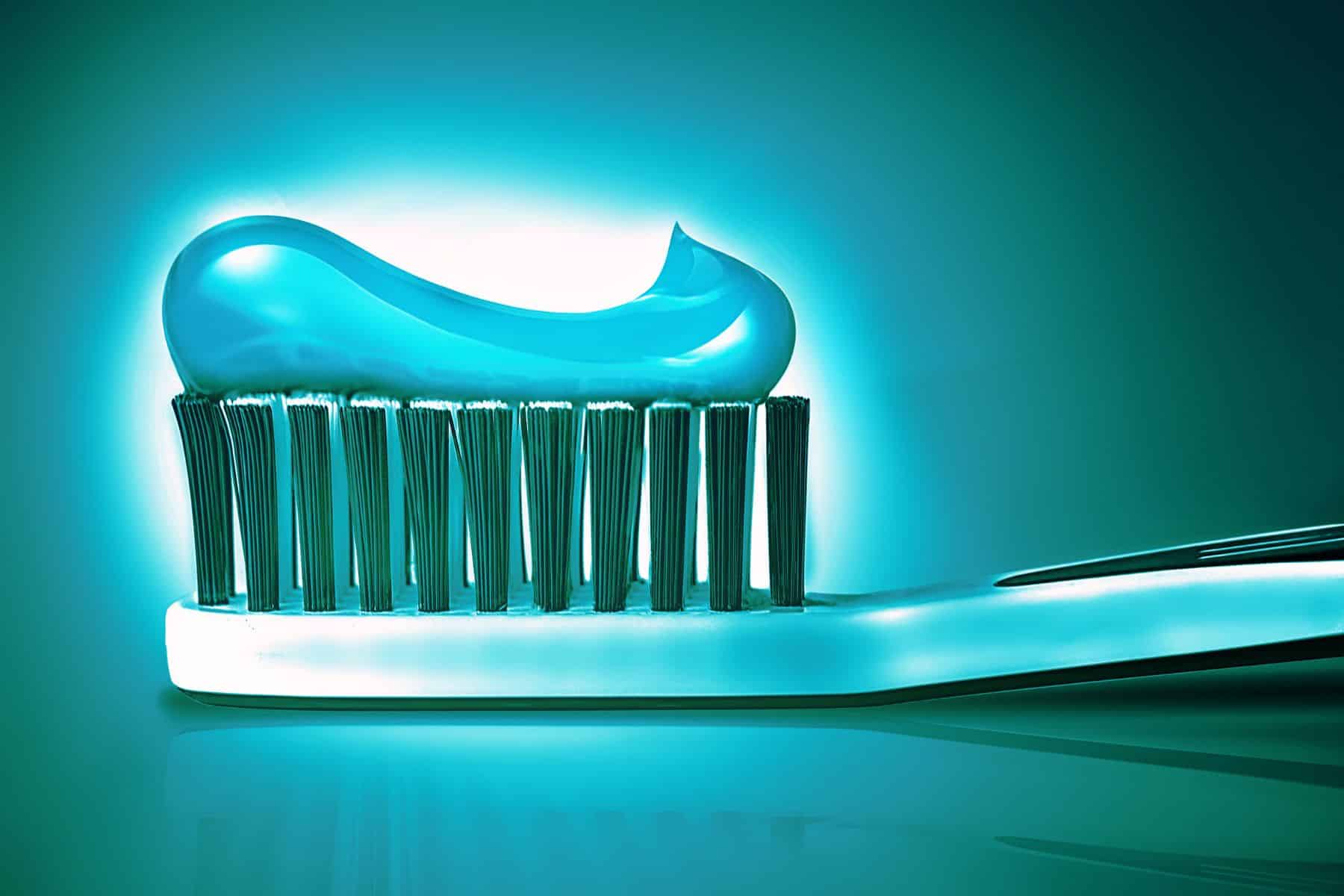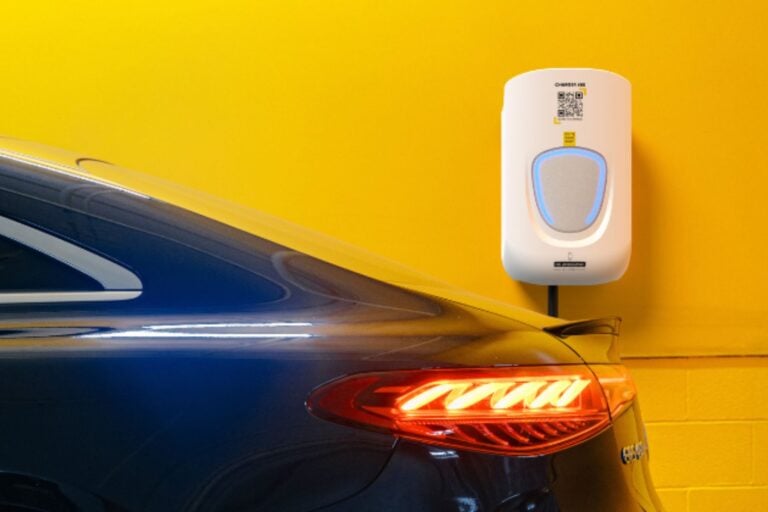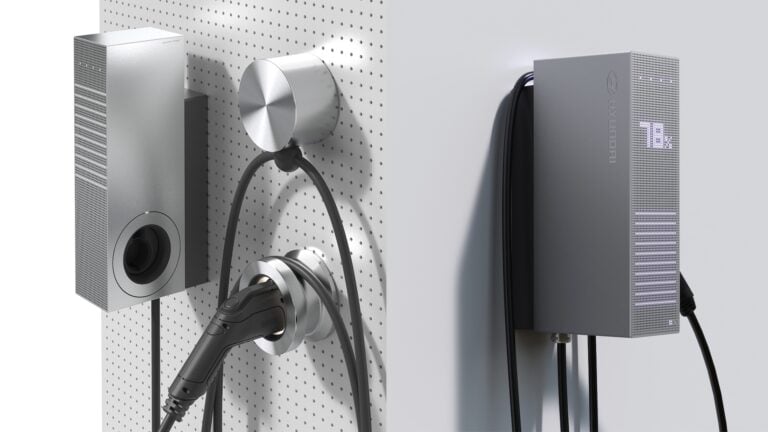What’s Happening
Scientists from the U.S. Department of Energy’s Argonne National Laboratory have uncovered that sodium fluoride, a common ingredient in most toothpaste brands, has potential applications in improving the performance of electric vehicles (EVs). This new research revealed that a fluoride electrolyte can aid in combating the performance decline of a forthcoming generation of EV batteries.
Why It Matters
The next generation of EV batteries, more powerful than existing lithium-ion versions, can store twice as much energy per unit of volume or weight. Such advancements have the potential to significantly increase the range of electric vehicles, potentially enabling long-haul truck and even aircraft use. However, this high energy density faces a major drawback as it diminishes quickly with every charge and discharge cycle. The newly discovered fluoride electrolyte could provide the solution to this issue.
Key Points
The Argonne research team experimented with a lithium metal battery, an alternative to lithium-ion batteries that uses a lithium metal anode instead of graphite. Although this “lithium metal” battery has the ability to deliver over double the energy density of a lithium-ion battery, its superior performance tends to rapidly fade within less than a hundred charge-discharge cycles.
The scientists discovered that modifying the electrolyte – the medium through which lithium ions travel between the cathode and anode during charging and discharging – was the key. The challenge with lithium metal batteries is that the electrolyte does not form a sufficient protective layer on the anode surface during the initial cycles. This protective layer, known as the solid-electrolyte interphase, is crucial in enabling lithium ions to move in and out of the anode for the battery’s charging and discharging.
The Argonne team identified a new fluoride solvent that maintains a sturdy protective layer for hundreds of cycles. This new electrolyte is composed of a positively charged (cation) fluorinated component paired with a negatively charged (anion) fluorinated component.
Bottom Line
The newly discovered fluoride electrolyte could be a game changer in the electric vehicle industry. It holds the promise of enhanced vehicle range, reduced costs compared to current designs, and environmental benefits due to the reduced solvent use. Moreover, the nonflammable nature of this electrolyte offers enhanced safety. This revelation underscores the vast potential of science to uncover innovative solutions in unexpected places, from the bathroom cabinet to the garage.








